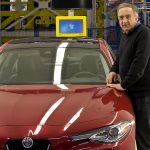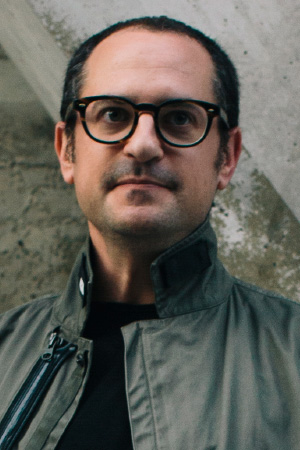Sergio Marchionne, the CEO of Fiat Chrysler Automobiles and president of Ferrari, has died at the age of 66. The man who transformed the fortunes of his companies and took Ferrari public suffered an embolism during surgery. "Unfortunately, what we feared has come to pass. Sergio Marchionne, man and friend, is gone," said FCA Chairman John Elkann in a statement. He will be replaced at FCA by Mike Manley, who until now has been running the Jeep and Ram brands, and at Ferrari by Louis Carey Camilleri, a former chairman of Phillip Morris.
The first sign most of us had that all was not well was on Saturday morning, with reports that the FCA board had been called together hurriedly to discuss a successor to the ebullient executive. At first, reports merely stated that there had been complications with shoulder surgery leading to a longer-than-expected recovery. Yesterday, the Italian publication Lettera43 reported that Marchionne was actually being treated at the University of Zurich for an aggressive shoulder sarcoma and that he fell into a coma following an embolism.
Born in Italy, Marchionne grew up in Canada and joined the board of Fiat in 2003. Although he did not come from the automotive industry, he had earned a reputation as an executive with the ability to turn around companies. He demonstrated this to good effect after being appointed as CEO of Fiat the following year. "As part of my nature, I like to fix things and to be blunt, Fiat needs a fix right now," he said at the time.
Fix Fiat Marchionne did. In 2005, he unravelled a deal with General Motors—which had taken a stake in the company a few years earlier—earning Fiat a $2 billion divorce settlement in the process. Investment in the brand followed. Then, in the wake of the 2008 financial crisis, he spotted a golden opportunity. Marchionne realized that the future looked increasingly grim for smaller automakers, telling Automotive News Europe that "Independence in this business is no longer sustainable. You need at least 5.5 million to six million cars annually to have a chance to make money."



 Loading comments...
Loading comments...
